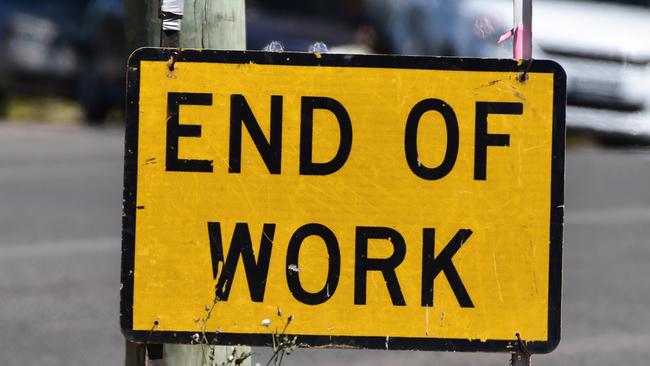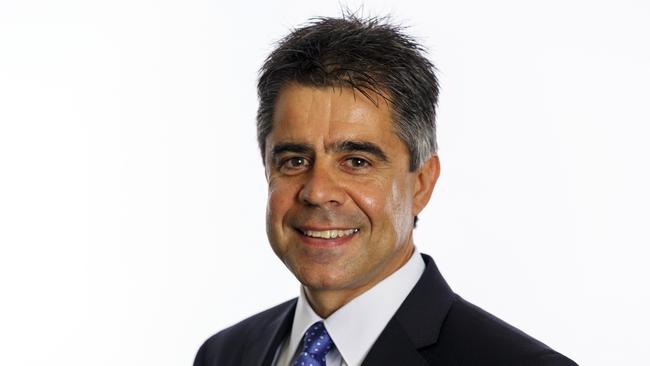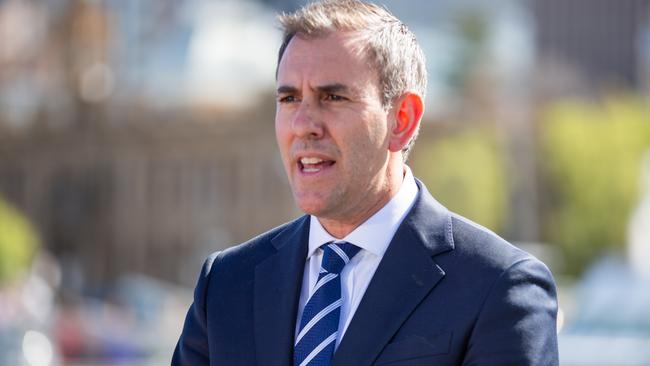
If the legislation is passed, there will effectively be a $3m cap on the amount anyone will be able to accumulate in super in their lifetime.
Despite the promises by the then Labor opposition that it would not introduce any new taxes on super during its first term in government, the ALP has revealed the attitude which emerged under Bill Shorten’s leadership – that it does want to curb higher super balances through higher taxes.
Not only is the tax rate on earnings in super doubling from 15 to 30 per cent from July 1, 2025, for funds over $3m, but the application of the higher tax will be made to any increase in the value of a super fund over $3m – and not actual earnings.

As the chief executive of the Self Managed Super Fund Association, Peter Burgess, has pointed out, it effectively means that some super members will find themselves taxed at a higher rate on their super than the highest marginal tax rate. This will see people making some hard decisions about selling assets from their fund between now and 2025.
A farmer or small business person who has their farm or property in their super fund and sees the value of the property rise over the financial year will be forced to pay 30 per cent tax on the paper gain if their fund balance is worth more than $3m.
The Australian system is based on taxation being levied on actual earnings in the hand. The only significant incidence of tax on unrealised gains are local council rates, where property owners are taxed on the assessed value of their land. Given the Greens’ performance over the housing bill, it appears that they will eventually agree to pass this legislation in return for some concessions.
Anyone who may be affected by the legislation, particularly those with property assets in their super, needs to start getting advice now on what they should do.
While the federal government is seeking to minimise concern about the proposed changes, saying they only apply to 80,000 people, the reality is that a much broader cohort of people will now be reassessing their attitude to superannuation.
Anyone approaching this level, or looking ahead to financial decisions to put money into super which will see the fund grow to levels of above say $2.5m over their lifetime, will now be thinking twice about doing so.
It will put an end to the approach that has gained momentum in the last 30 years for middle-income earners – that putting money into superannuation is one of the best financial investments they can make.
The fact the government has resisted appeals to at least index the $3m will effectively mean the cap becomes lower over time when accounting for inflation. That and the government’s insistence on levying the higher tax on unrealised gains confirms that Labor’s goal is to put a limit on how much can be put into super over time.
As there will be strict rules about the total super balance that will be used to calculate the tax, including around contributions and withdrawals, it is not a matter of waiting until June 29 to work out what the fund might be valued at (including the potential value of property) and then take out money from super at the last minute to get their fund below $3m.

If anyone has a fund worth, say, more than $2.5m – or maybe even $2m – they will need to make some hard decisions before the start of the financial year.
They will have to make decisions on whether they should take money out of their fund to make sure their total balances don’t go over $3m during the following financial year.
It will open up a gold mine for financial planners, representing a return to previous times when people had a broad range of investment decisions to make.
Burgess expressed his “bitter disappointment” this week at the government’s insistence on sticking with its drastic approach of taxing unrealised gains.
He had hoped that lobbying by his organisation and others (including the National Farmers’ Federation) would make the government see the light.
But the reality is Labor has realised it can get away with a radical change that can put an effective cap on super, calculating it will only affect people who don’t vote for them anyway.
The Treasury will be pleased as it has long seen tax concessions on super as revenue foregone.
While no one would disagree with moves to limit the amount of money in super (because of its lower tax regime), putting an effective ceiling of $3m is a radical step.
The government likes to point to the amount of people with super balances of $50m and $100m.
Conveniently, figures were released this week showing there has been an increase in the number of Australians with more than $50m in their super accounts.
The latest figures show there are now 107 people with super balances of more than $50m, including 28 who have super balances over $100m. This compares with the previous year’s figures of 78 people with super balances over $50m, of which 17 had more than $100m. But $3m is a long way from $100m.
The government’s approach opens the way for more taxes on super, despite what it might say in election campaigns. Treasurer Jim Chalmers has expressed his concern that super not be used for estate planning purposes (having some left over when you die which may go to your family).
At the moment there is a tax of up to 17 per cent on super left to non-dependants, including adult children and other nominated beneficiaries.
The arguments Chalmers has been making about the evils of too much super money being left over when people die beg the question about whether he might also move to significantly jack this rate up as well if his government is re-elected.
Death duties under another name.
While the government is playing down the impact of the new super tax regime, its implications are much more significant and those affected or potentially affected need to pay attention.




The federal government’s release this week of draft legislation on its plans to double the tax rate on superannuation funds above $3m will bring about a major structural change in the super sector.